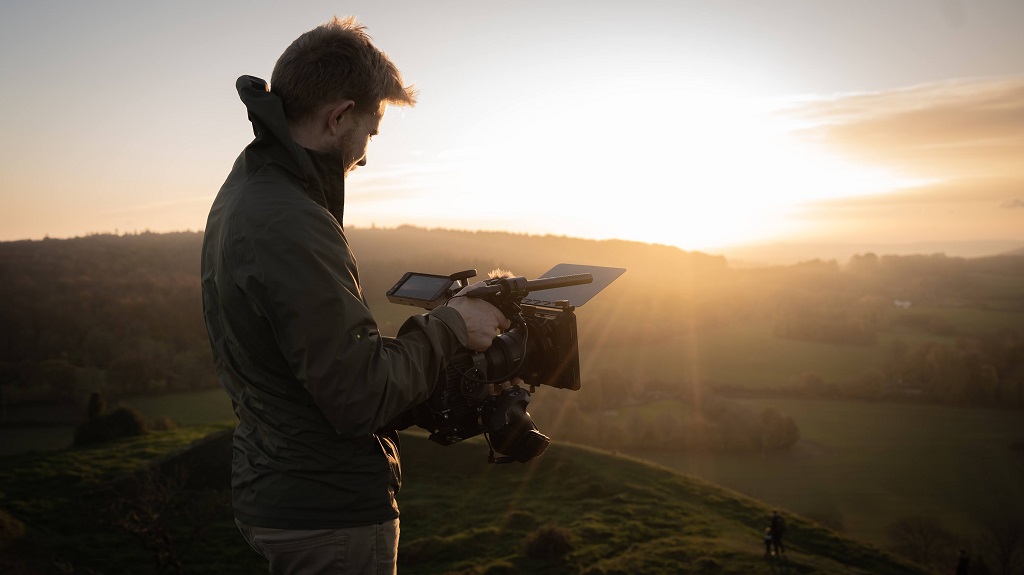Documentary work has the power to reveal truth, spark conversations, and inspire change. However, when dealing with sensitive subjects, such as trauma, war, poverty, or human rights violations. It requires a careful, ethical approach. Filmmakers and photographers must balance storytelling with respect for their subjects, ensuring that their work does not exploit or misrepresent the people they document.
In this article, we will explore the best practices for handling delicate topics in documentary work, drawing from real-life examples, expert opinions, and ethical guidelines. We will also discuss the importance of maintaining integrity while creating compelling narratives. If you want to see how professionals tackle documentary storytelling, you can explore Goo Photo for inspiration.
Understanding the Ethical Responsibility in Documentary Work
When covering sensitive topics, documentarians carry a significant ethical responsibility. Their work influences how audiences perceive people, cultures, and events. A careless approach can lead to misrepresentation, exploitation, or harm to those involved.
A 2021 study by the Center for Media Ethics found that 68% of documentary filmmakers faced ethical dilemmas when covering sensitive subjects. The biggest concerns included informed consent, privacy, and the potential for retraumatization. These challenges highlight the need for a well-thought-out approach to storytelling.
Respect and Consent: The Foundation of Ethical Documentary Work
One of the most critical aspects of documentary work is obtaining informed consent. This means ensuring that participants fully understand how their stories will be used and the potential consequences of sharing them publicly.
Best Practices for Gaining Consent:
- Be transparent: Clearly explain the purpose of the documentary, where it will be shown, and how it might impact the subject’s life.
- Use written agreements: Even if subjects agree verbally, a written consent form protects both parties.
- Allow them to withdraw: Participants should have the option to revoke their consent at any stage.
For instance, documentary filmmaker Joshua Oppenheimer, known for The Act of Killing, spent years gaining trust from his subjects before they agreed to participate. His approach ensured that their stories were told authentically and with their full awareness.
Avoiding Exploitation: How to Tell Stories Without Harm
Exploitation is a major ethical concern in documentary work. It occurs when filmmakers or photographers take advantage of their subjects’ vulnerabilities to create a more dramatic or sensational story.
Ways to Prevent Exploitation:
- Contextualize the story: Avoid portraying individuals as victims without agency. Instead, highlight their resilience and strength.
- Offer support: If possible, provide resources or connections to organizations that can help those affected by the documentary.
- Maintain objectivity: While emotional storytelling is powerful, exaggeration or selective editing can distort reality.
A well-known example is Kevin Carter’s Pulitzer Prize-winning photograph of a starving Sudanese child. While the image raised awareness of famine, it also sparked controversy regarding the photographer’s responsibility. Ethical storytelling should strike a balance between raising awareness and respecting human dignity.
The Impact of Documentary Photography on Sensitive Topics
Documentary photography plays a crucial role in storytelling by capturing real-life moments that words alone cannot convey. But what is the value of documentary photography when it comes to sensitive topics?
Photographs have the power to shape public opinion, evoke emotions, and drive action. For example, Nick Ut’s famous Vietnam War photo, Napalm Girl, exposed the horrors of war and influenced public sentiment. However, such images also raise ethical questions about consent and potential re-traumatization.
The Responsibility of a Documentary Photographer
- Consider long-term effects: Will the image help or harm the subject in the future?
- Respect cultural sensitivities: Different cultures have varying perspectives on privacy and exposure.
- Seek permission whenever possible: Even in public spaces, obtaining consent shows respect.
Documentary photography is not just about capturing a moment—it’s about telling a story responsibly and ethically.
Balancing Objectivity and Emotional Storytelling
Emotionally compelling stories drive engagement, but filmmakers must be careful not to manipulate reality. Striking a balance between objectivity and emotional depth is crucial.
Strategies for Ethical Storytelling:
- Use firsthand accounts: Let subjects tell their own stories instead of imposing a narrative.
- Fact-check details: Misrepresenting facts, even unintentionally, can damage credibility.
- Provide multiple perspectives: Including different viewpoints ensures a more nuanced story.
For example, Ava DuVernay’s documentary 13th effectively balances facts with emotion by presenting diverse voices and well-researched historical context. This approach strengthens the documentary’s impact without sensationalism.
Read More: How to Take Better Pictures with Your Android: A Comprehensive Guide
Handling Trauma and Sensitive Interviews
Interviewing individuals who have experienced trauma requires sensitivity, patience, and proper technique.
Best Practices for Conducting Sensitive Interviews:
- Build trust first: Spend time getting to know the subject before turning on the camera.
- Use trauma-informed interviewing techniques: Avoid pressing for details that may cause distress.
- Follow up: Check in with interviewees after the project is released to ensure they feel comfortable with how they were represented.
Dr. Kathleen Ryan, a media ethics professor, suggests that documentary makers should undergo trauma-informed training to handle these situations responsibly.
Conclusion
Approaching sensitive subjects in documentary work requires a deep sense of responsibility. Ethical storytelling ensures that subjects are represented with dignity while still delivering impactful narratives. By prioritizing informed consent, avoiding exploitation, and maintaining objectivity, documentarians can create powerful works that inform, inspire, and advocate for change. Similarly, the artistry found in The Captivating World of Peter Lik Photography demonstrates how thoughtful storytelling through images can leave a lasting impact on viewers.
FAQs
1. How can documentary filmmakers protect their subjects’ privacy?
Filmmakers can protect privacy by obtaining informed consent, blurring identifiable features if needed, and avoiding unnecessary exposure of personal details.
2. What is the best way to interview trauma survivors?
Use a trauma-informed approach, allow interviewees to share at their own pace, and ensure they feel safe throughout the process.
3. Can a documentary be both objective and emotional?
Yes, by balancing factual accuracy with personal storytelling, documentaries can be both objective and emotionally compelling.
4. How do filmmakers avoid exploitation in sensitive documentaries?
By portraying subjects with dignity, providing context, and ensuring that participation is voluntary and informed.
5. Why is consent so important in documentary work?
Consent ensures that subjects understand how their stories will be used, preventing harm and maintaining ethical standards.





